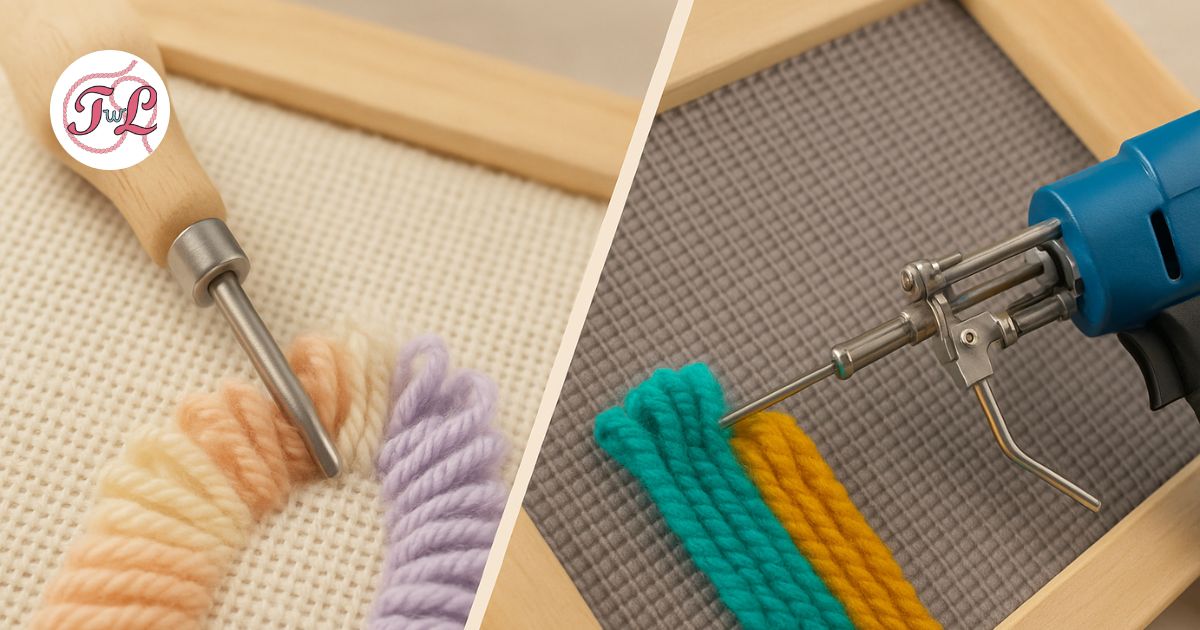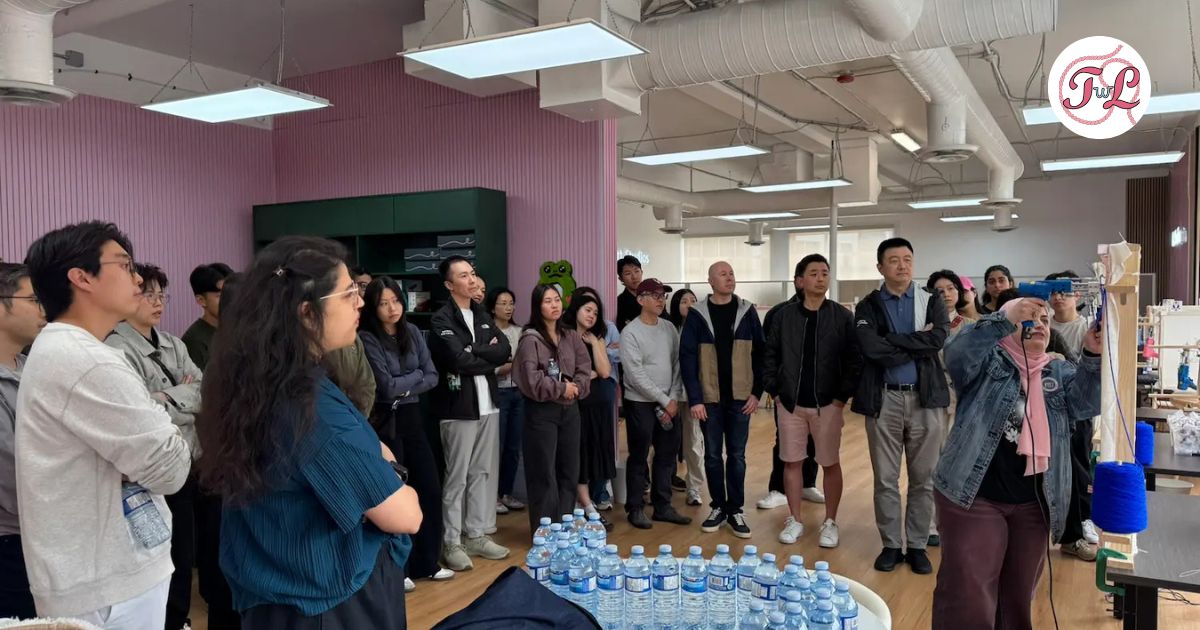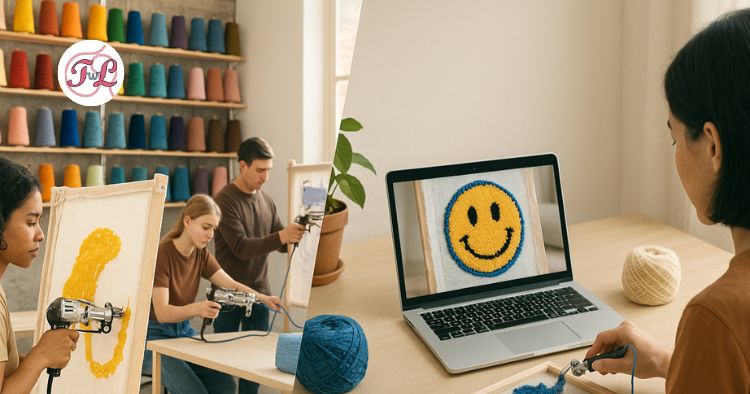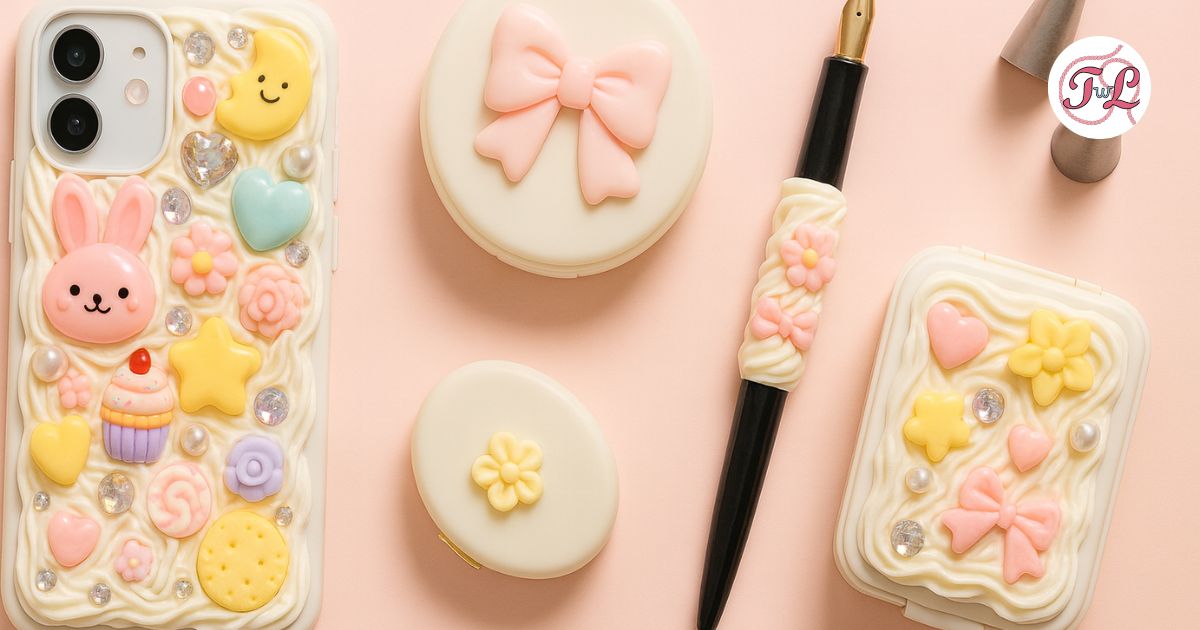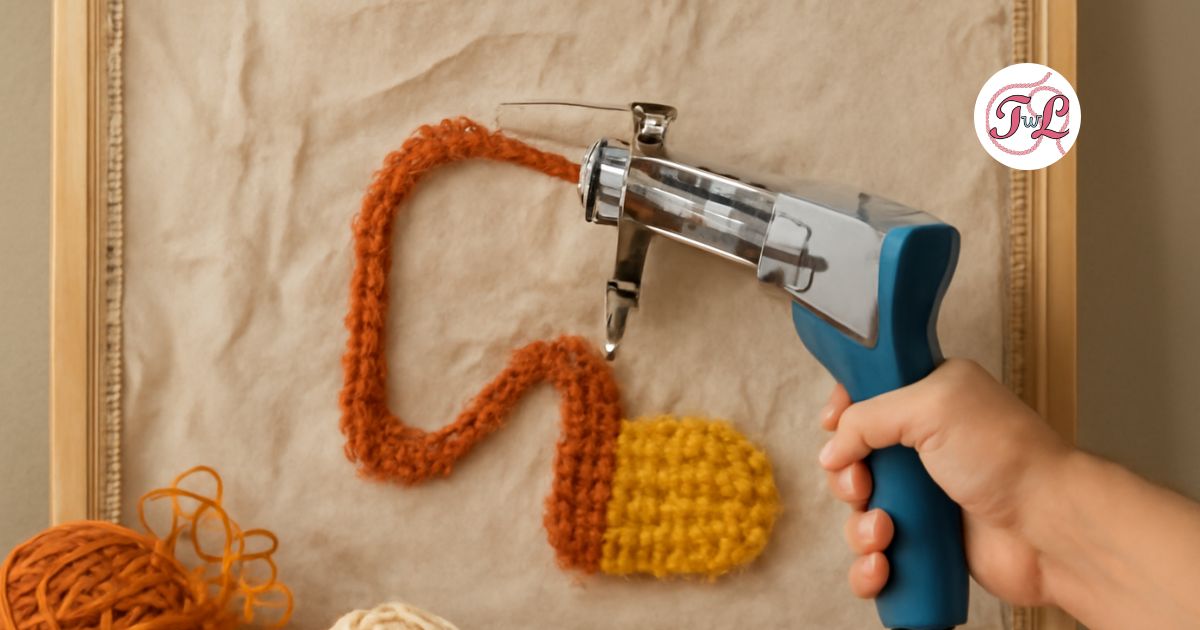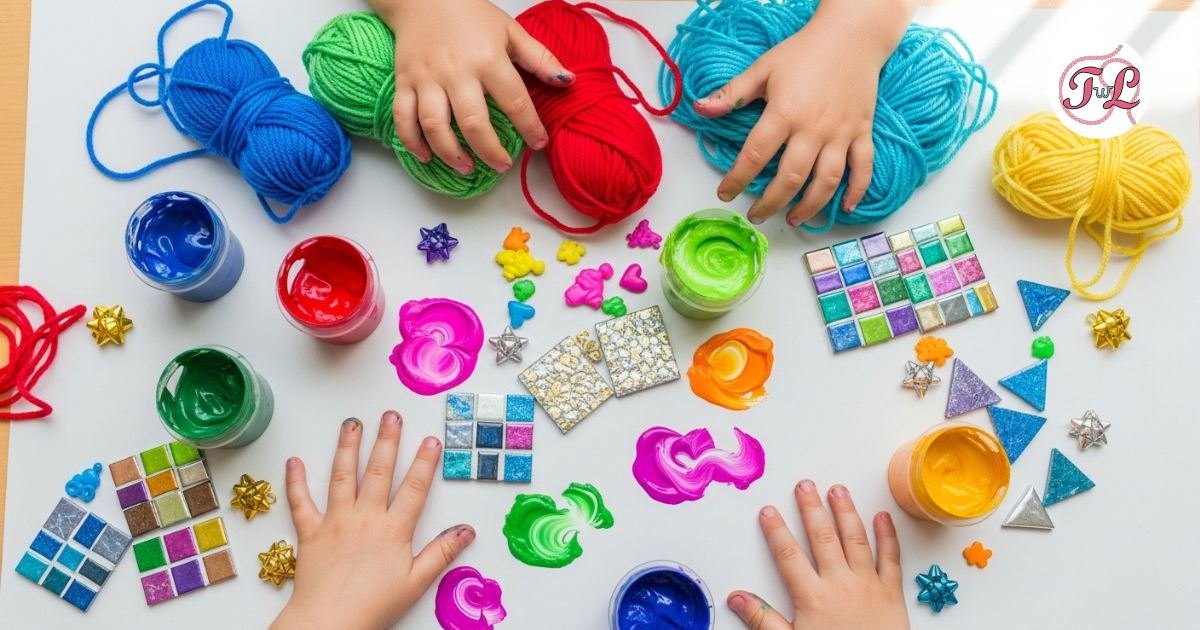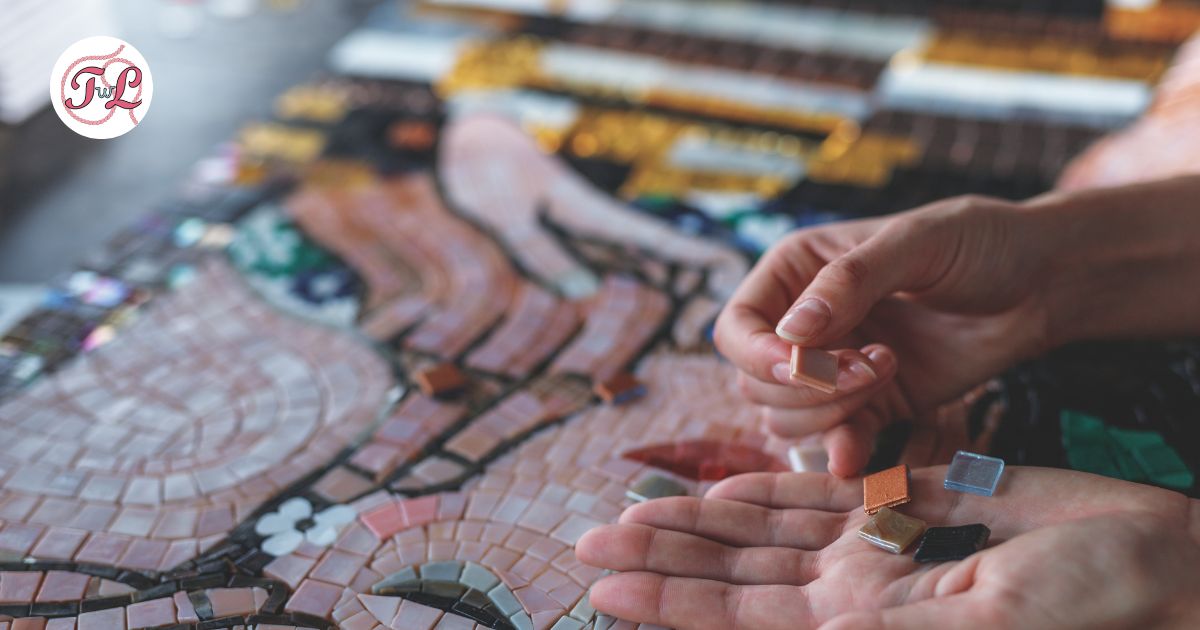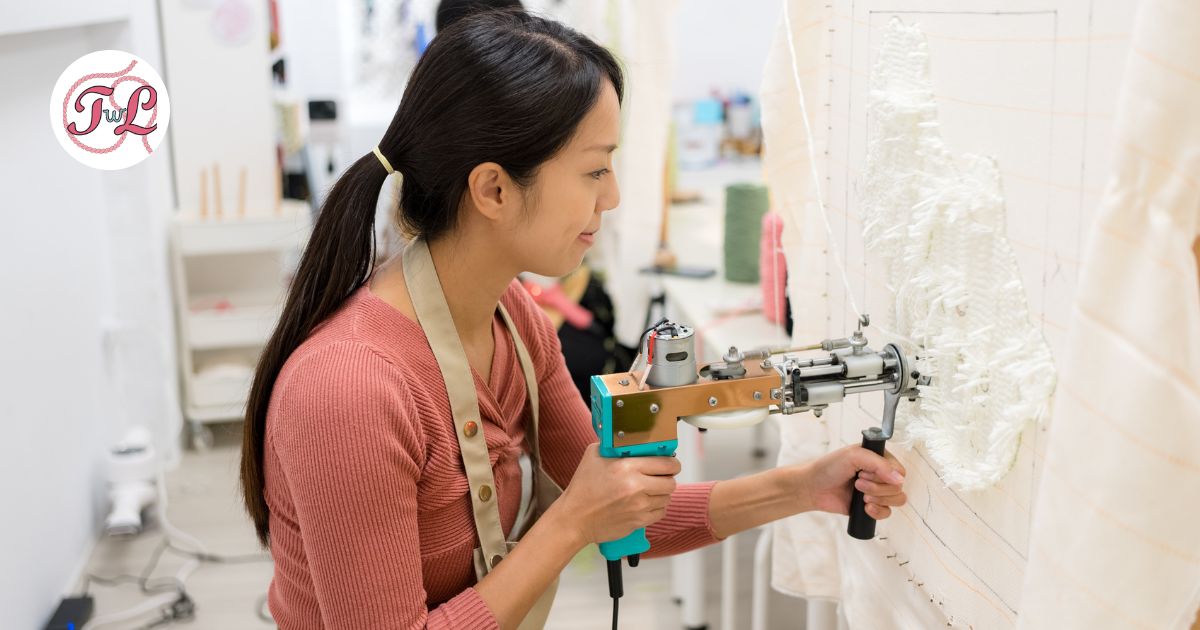
Monk’s Cloth vs. Primary Backing: Choosing Your Rug Base
Share on Social:
- Written by Lina
Table of Contents
One of the first decisions you’ll face when starting rug making is choosing the right fabric. Two popular choices are Monk’s Cloth and Primary Backing. Each has its unique characteristics, advantages, and ideal use cases. Let’s explore these options to help you make an informed choice for your next project.
Understanding the Basics
Monk’s Cloth
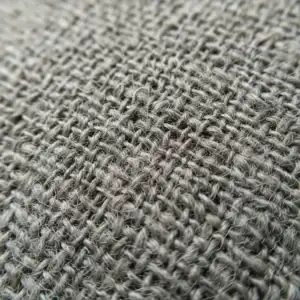
Monk’s Cloth is a 100% cotton fabric known for its loose, even weave. It’s traditionally used in punch needle and rug hooking projects. The fabric typically features a 4×4 weave, making it flexible and easy to work with.
Advantages of Monk’s Cloth:
- Ease of Use: Thanks to its flexible nature, Monk’s Cloth is easy to handle, manipulate, and stretch, making it ideal for beginners or those experimenting with new techniques.
- Accessibility: Widely available at craft stores and online, Monk’s Cloth is affordable and comes in various sizes and qualities.
- Versatility: Beyond rugs, it’s excellent for creating wall hangings, pillow covers, and other decorative textiles.
Disadvantages of Monk’s Cloth:
- Durability: Its looser weave, though easy to work with, can result in less durability for rugs intended for high-traffic areas.
- Fraying: Edges tend to fray easily if not properly managed, requiring additional finishing techniques like binding or taping.
Primary Backing

Primary Backing, often made from a blend of polyester and polypropylene, is specifically designed for rug tufting. It has a tighter weave to provide a sturdy foundation that can withstand the force of tufting guns. This backing is commonly used in commercial rug production.
Advantages of Primary Backing:
- Durability: This strong and stable base is highly durable, perfect for creating rugs designed for frequent use and heavy traffic.
- Professional Quality: It lends itself to a clean, professional finish, making it the preferred choice for commercial-quality tufted rugs.
- Structural Stability: Its tight weave prevents the yarn from easily shifting, essential when using tufting tools.
Disadvantages of Primary Backing:
- Difficulty Level: Less forgiving, especially for beginners, as it requires proper tools and consistent tension.
- Cost and Availability: Often pricier than Monk’s Cloth and typically only available through specialized suppliers.
Comparing the Monk Cloth and Primary Backing
| Feature | Monk’s Cloth | Primary Backing |
|---|---|---|
| Material | 100% Cotton | Polyester/Polypropylene Blend |
| Weave | Loose, Even | Tight, Durable |
| Flexibility | High | Moderate |
| Durability | Moderate | High |
| Ease of Use | Beginner-Friendly | Requires Experience |
| Cost | Affordable | Slightly More Expensive |
| Availability | Widely Available | Specialized Suppliers |
| Best For | Punch Needle, Rug Hooking | Rug Tufting |
Choosing Based on Your Project Goals
Project Size & Use
For rugs intended primarily as decorative elements or occasional use, Monk’s Cloth offers sufficient support. For rugs in entryways, living rooms, or high-traffic areas, Primary Backing is superior due to its enhanced durability.
Crafting Experience
Beginners or casual crafters typically find Monk’s Cloth more forgiving. Experienced crafters or those pursuing professional-quality results should gravitate toward Primary Backing.
Tools Available
Punch needles and traditional hooking techniques align well with Monk’s Cloth. Primary Backing demands the use of tufting guns or similar high-tension tools, necessitating a more significant initial investment.
When to Choose Monk’s Clothes:
- Beginners Welcome: Its flexibility and ease of use make it ideal for those new to rug-making.
- Budget-Friendly: Generally more affordable and readily available at local craft stores.
- Versatility: Suitable for various projects beyond rugs, like wall hangings and decorative pieces.
When to Choose Primary Backing:
- Durability Needed: Perfect for rugs that will endure heavy foot traffic.
- Professional Finish: Provides a sturdy base for a polished, long-lasting rug.
- Tufting Projects: Specifically designed to handle the force of tufting guns, ensuring yarns stay in place.
Tips for Working with Each Fabric
Monk’s Cloth:
- Prevent Fraying: Sew or tape the edges before starting your project.
- Stretch Properly: Ensure the fabric is taut on your frame to maintain even tension.
- Watch the Weave: Be gentle to avoid distorting the loose weave.
Primary Backing:
- Use the Right Tools: A tufting gun is essential for this fabric.
- Secure Tightly: Due to its stiffness, make sure it’s firmly attached to your frame.
- Mind the Tension: Maintain consistent pressure to ensure even loops and cuts.
Final Thoughts
Both Monk’s Cloth and Primary Backing have their importance in the rug making world. Your choice depends on your project’s requirements, your experience level, and the tools at your disposal.
Remember, the foundation of your rug plays a crucial role in the final product’s appearance and longevity. Choose wisely, and happy crafting!

Firas
Firas is a co-founder of Tufted With Love Studio, a creative space dedicated to crafting unique, handcrafted rugs and textile art. The studio emphasizes meticulous after-tufting care to ensure each rug is ready for its new home.


